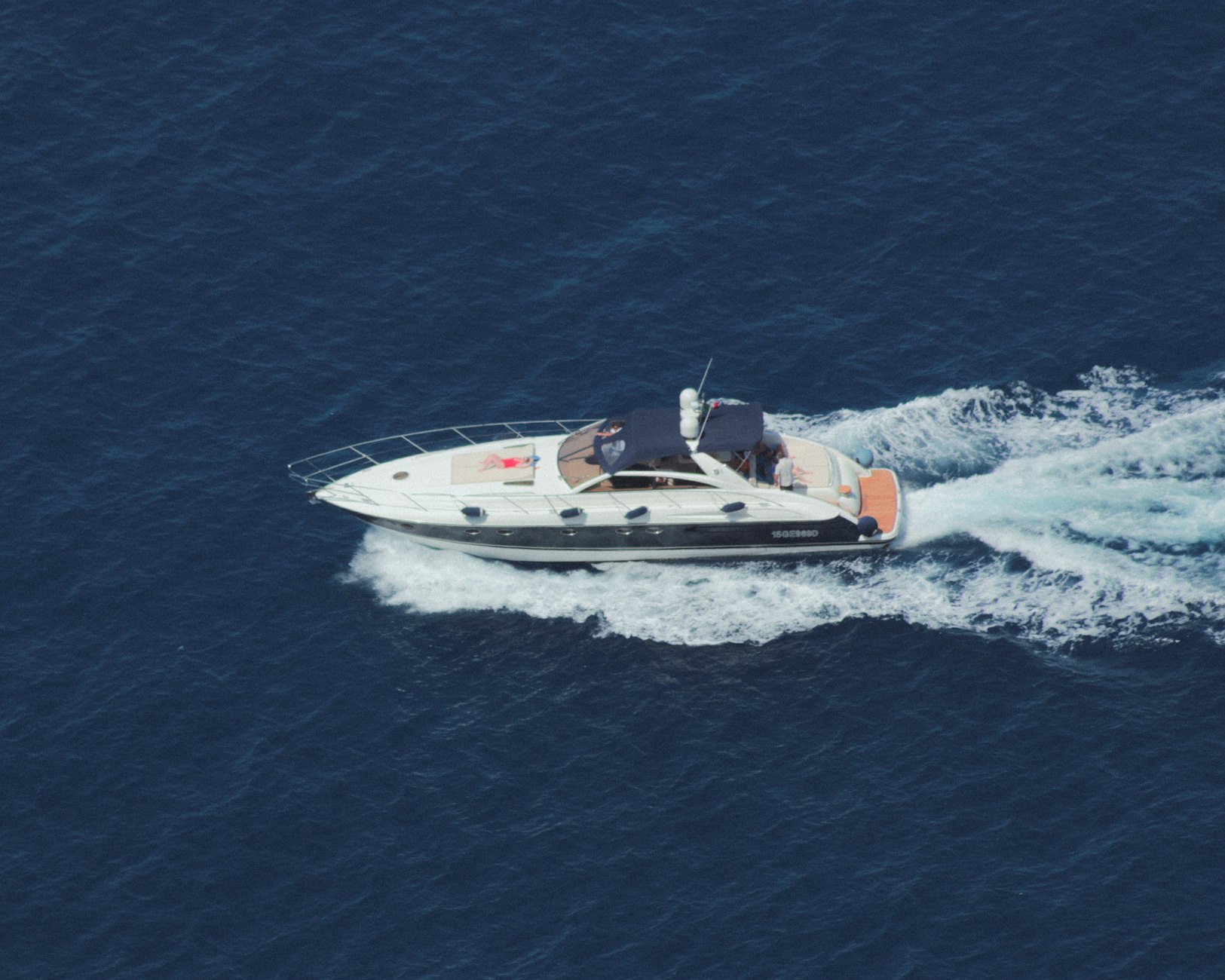
23 Nov 2021
Boat storage may be a difficult subject to broach. Before deciding on the best course of action for your company and clients, there are a plethora of factors to consider. Do you have any room? What kind of storage do you plan to provide? Is it possible for them to get their boat out quickly? The good news is that there are several recommendations you can follow when determining how to provide boat storage at your self-storage facility.
There were an estimated 12 million registered boats in the United States, according to the National Marine Manufacturers Association's 2017 U.S. Recreational Boating Statistical Abstract, 2016 Recreational Boating Participation Study. This illustrates how popular boating is in the United States. Boat storage is a great addition to any self-storage facility since it may bring in more clients and, as a result, more revenue.
The first thing you'll want to consider is the size of your facility. Although it may not be an issue for some, others will need a larger space to provide boat storage. It can all depend on what type of storage you are wanting to offer. Indoor boat storage or outdoor boat storage. You may be fortunate enough to have units large enough to keep certain sizes of boats; if so, make sure customers are aware of this, as customers will appreciate the fact that their boat is stored in a unit all to itself, free from the risk of being damaged by another boat or by someone else.
Many boaters choose to store their vessels during the colder winter months so they are able to avoid costly maintenance fees at marinas which can be brought on by harsh conditions such as ice, snow, sand, or water along with saltwater exposure. If you have customers who are storing boats in your self-storage facility for this reason then it is important that you provide them with a way to get their boat out of storage easily without much struggle.
As previously mentioned, many boat owners choose to store their vessels during the winter months. During this time of year, it is common for there to be a high amount of precipitation such as rain and snow which can harm boats if not properly taken care of beforehand.
For the designated boat storage area, you should think about using flooring material such as concrete. Concrete is a strong and durable material so it will be able to support the weight of any boats that are being stored.
In conclusion, the popularity of boating was found in a recent study where it suggested there was an estimated 12 million registered boats in the United States. Is your storage facility capable of providing boat storage? Well, we have discussed a few tips that can help you create boat storage for your customers.